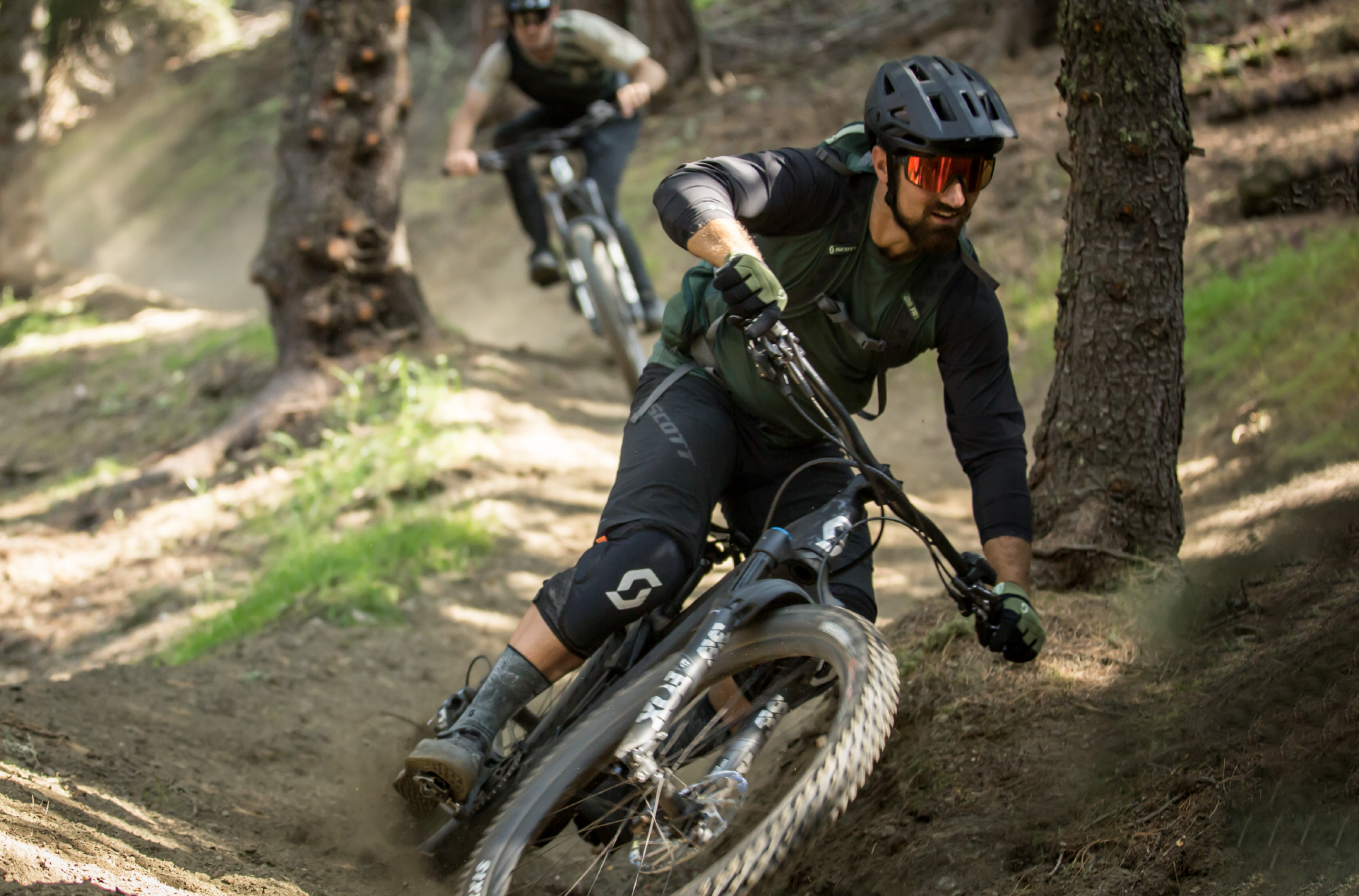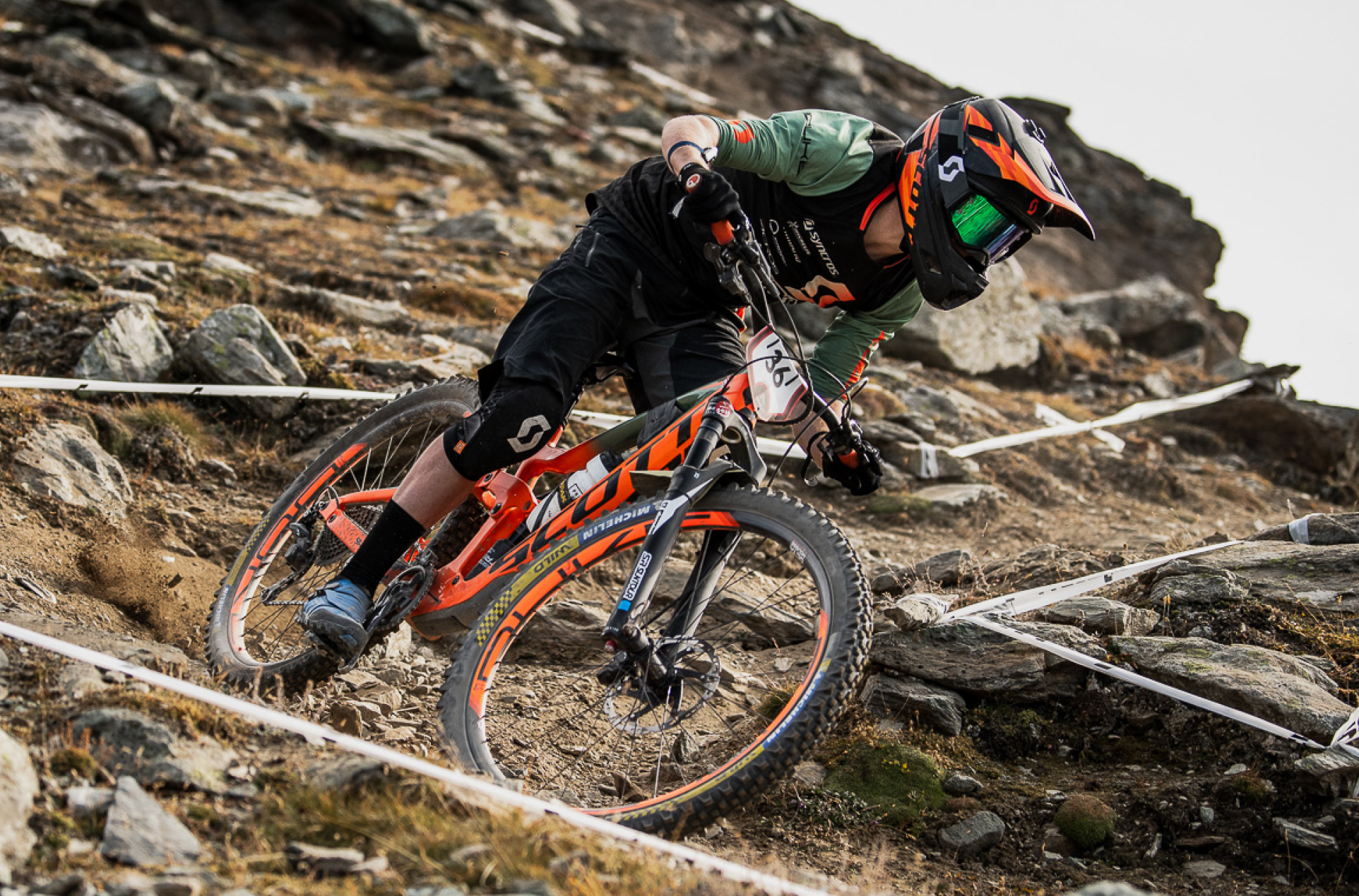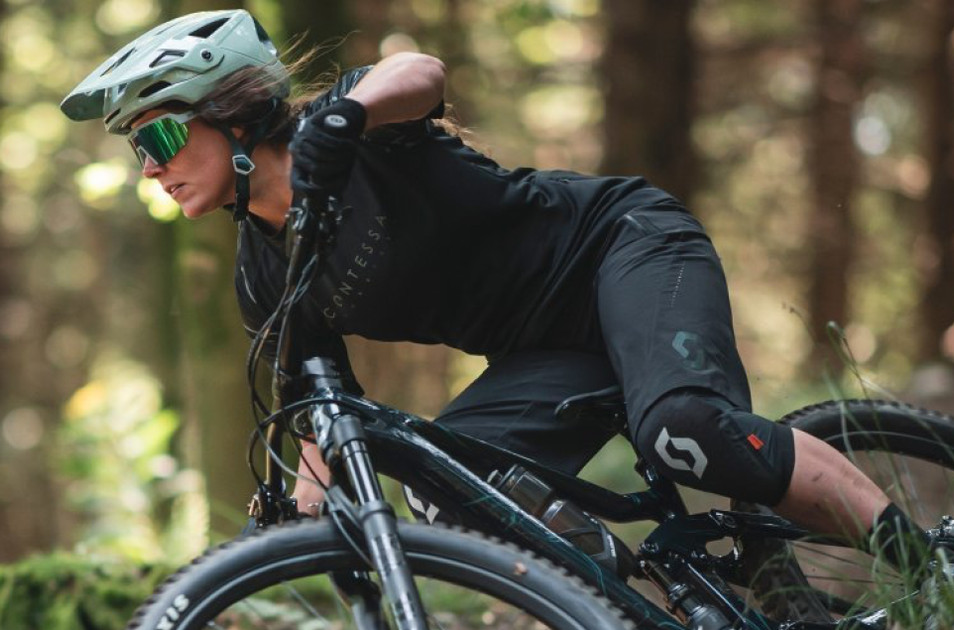
The Ultimate Guide to Cycling Body Protection: Stay Safe on and off the road.
Cycling body protection refers to specialized gear designed to provide enhanced safety and protection for cyclists, particularly those engaged in more aggressive or off-road riding.
Body Armor or Chest Protectors:

When it comes to the safety of mountain bikers and downhill riders, body armour or chest protectors are essential. These protective gears are designed to provide an additional defence against potential injuries during intense rides.
For mountain bikers and downhill riders, who often encounter challenging terrains and high-speed descents, having the right protection is paramount. Body armour and chest protectors offer enhanced coverage for vital areas such as the chest, back, shoulders, and elbows. They are specifically engineered to absorb impact forces and distribute them across a wider surface area, reducing the risk of serious injuries.
One of the key advantages of using body armour or chest protectors is their ability to safeguard against falls, collisions with obstacles, or impacts from other riders. Their durable materials can withstand harsh conditions while providing flexibility and comfort for unrestricted movement.
Investing in quality body armour or chest protectors not only ensures your safety but also boosts your confidence on the trails. Knowing that you have reliable protection allows you to push your limits without compromising on personal safety.
Scott's body armours like the Scott Softcon Air Body Armor, are equipped with the revolutionary soft ventilated D3O® plate design, offering maximum freedom of movement, extreme breathability and certified levels of safety.
Full-Face Helmet:
While traditional helmets protect the head, full-face helmets provide additional shielding for the face and jaw. They're popular among downhill mountain bikers and BMX riders who face higher risks of head and facial injuries due to the nature of their riding.

The Scott Nero Plus Helmet combines outstanding ventilation with superior safety, including MIPS brain protection system. In addition, the Nero Plus has a shatterproof visor and multiple air intake channels for breathability, making it an ideal helmet for any serious downhill bikers.
Elbow and Knee Pads:

Especially relevant for off-road and mountain biking, these pads protect vulnerable joints from abrasions, bruises, and fractures in case of falls or collisions. They're usually made with impact-absorbing materials and feature a secure fit.
Back Protectors:
These offer additional protection to the spine and back, particularly for riders who engage in aggressive riding styles. They're usually worn under clothing and are designed to distribute impact forces away from the spine.
Scott's Airflex Pro back protector gives complete protection with Scott's breathable D3O® plate and multiple straps adjustments. Its level 2 protection of EN1621-2 ensures you get ultimate shielding in case of a crash.
Wrist guards:
These are particularly useful for riders engaging in downhill and freeride cycling. Wrist guards can prevent wrist fractures by providing support and impact absorption in case of falls.
Hip Protection Shorts:
These shorts are equipped with padding around the hips, coccyx, and thighs. They're helpful for mountain bikers and BMX riders to prevent hip and tailbone injuries.
Compression Clothing:
Compression garments offer more than just protection. They can also provide muscle support and abrasion resistance, which can help reduce muscle fatigue and improve recovery. Cyclists often use them for these benefits.
When considering cycling body protection, assess your riding style, the type of terrain you'll be riding on, and your comfort level with added gear. Keep in mind that while protective clothing can significantly reduce the risk of injuries, it's important to always ride within your skill level and exercise caution to avoid accidents.




